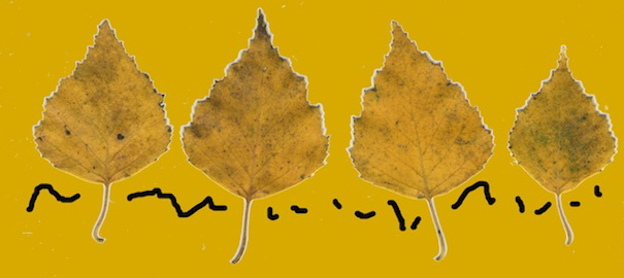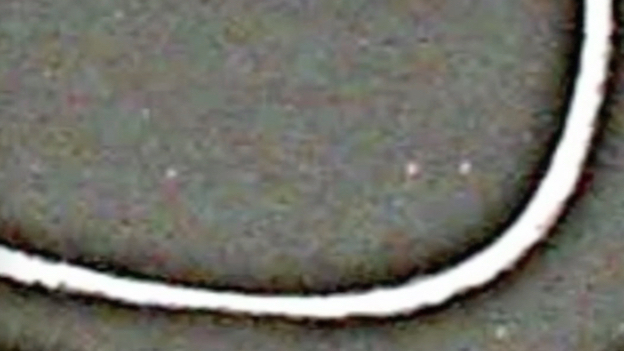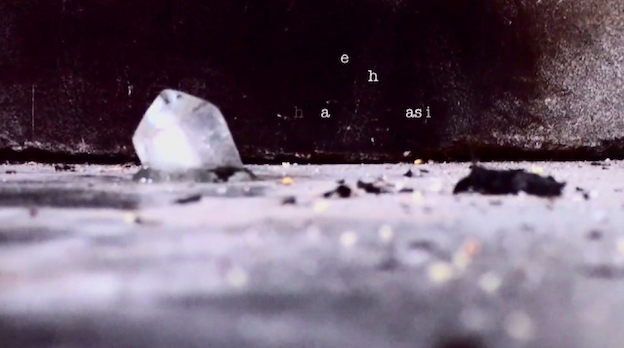vispo
Tiina Lehikoinen

That reality is elsewhere. That it is here. I’m interested in the ruptures between lived and cultural spaces and the gagging information of the Internet age. Unconscious charges and different interfaces are recurring themes in my art. I believe in the politics of play. Surreal juxtapositions are the greatest realism. They capture the tragedy of being — to all the time be both inside and outside. — Tiina Lehikoinen
Tero Hannula

What draws me into visual poetry and asemic writing is that I don’t understand it. I was really interested about vispo the first time I heard about it. I didn’t understand anything about it, but somehow I loved it, so I started organizing events and discussions on vispo. — Tero Hannula
Satu Kaikkonen

After I made my first few vispos in 2006, I saw an article in Valo, a supplement of the Finnish daily newspaper, Aamulehti, and the ideas from the article remained in my mind. I had already, for quite some time, wanted to do something other than just write plaintext poems, so I went looking to find additional information about “nurous” which was the term for the visual poetry in the article.
Sami Liuhto

I found visual poetry and asemic writing in fall 2012, when the Finnish poetry magazine Tuli & Savu published their yearbook Tekstitaide (Textual Art). It was a relief to find out that “meaning” and “message” weren’t the only purposes of writing. — Sami Liuhto
Reijo Valta

During a future of poetry class, the professor used Guillaume Apollinaire, Vito Acconci, and Karri Kokko as examples of tomorrow’s literature. That was in the 1980s, and I was very excited about learning these “new” techniques. In a couple of years, I used these techniques in my own writing. But in late 1980s I didn’t find a place to publish, or anyone else working in the same way. So I forgot “new poetry.” The future of poetry, at least for me, started in Finland about a decade ago. The Internet was the only way to publish, to find other poets and get feedback.
Mikko Kuorinki

When I install objects in a room I feel like I am placing words on a page. When I place words on a page I feel like I am installing objects in a room. My writing happens a bit like the way empty beer cans, rocks, flat tires, and sticks appear on a roof of a warehouse over time. — Mikko Kuorinki
Mari Laaksonen

My interest in visual poetry (or video poetry) began when I started doing performances. I’ve been quite interested in the possibility of writing between picture and text. It is a process of learning how to read this relationship: how text changes the picture and vice versa. I work by taking textual metaphor and breaking it down to its concrete DNA level. — Mari Laaksonen
Heinä
Jukka-Pekka Kervinen

For some unknown reason, here in Finland, visual poetry has become, especially in the last five to ten years, a popular “genre” of all poetic forms. As a Finn, I have no explanation for it — why, when, does it have something to do with our nature, or geography. Perhaps during long, dark late autumn and winter nights, we need light, and have found it in this particular form. And not only visual poetry, but also asemic writing, concrete poetry, computer-animated works; they all seem to warm our minds and hearts.
J.P. Sipilä

What I do is videopoetry where video and sound are not mere reflections of certain poems, but a puzzle or juxtaposition of the three elements (video, sound, and text). A good videopoem creates a new overall poetic experience from the three elements used. For me the video is the paper and screen is the mouth of my poetry. — J. P. Sipilä
You Knew It Already
Varjofinlandia

